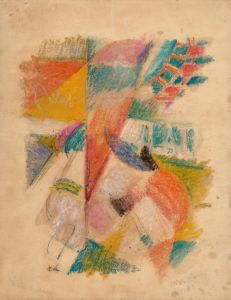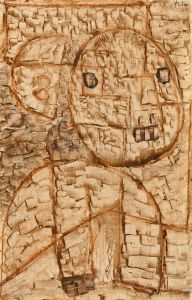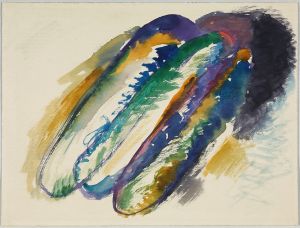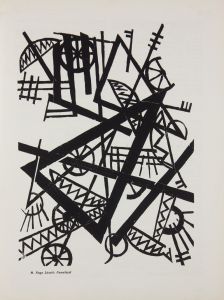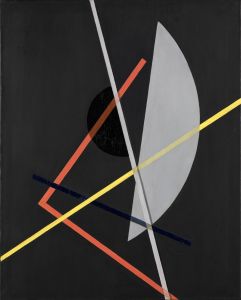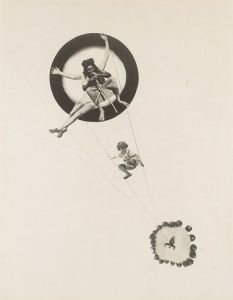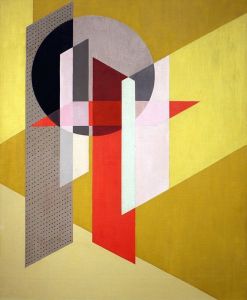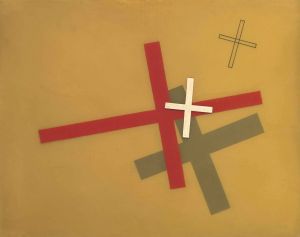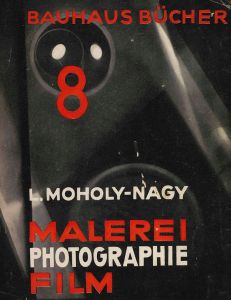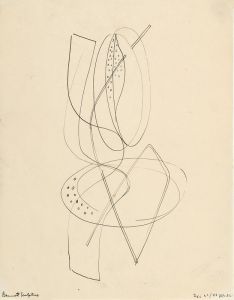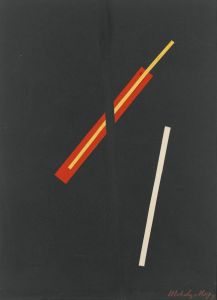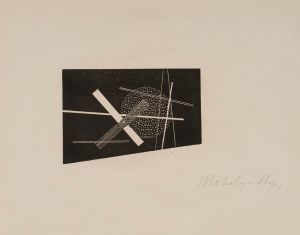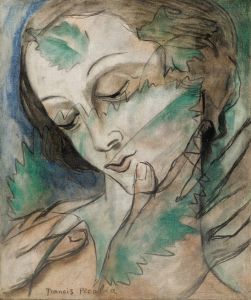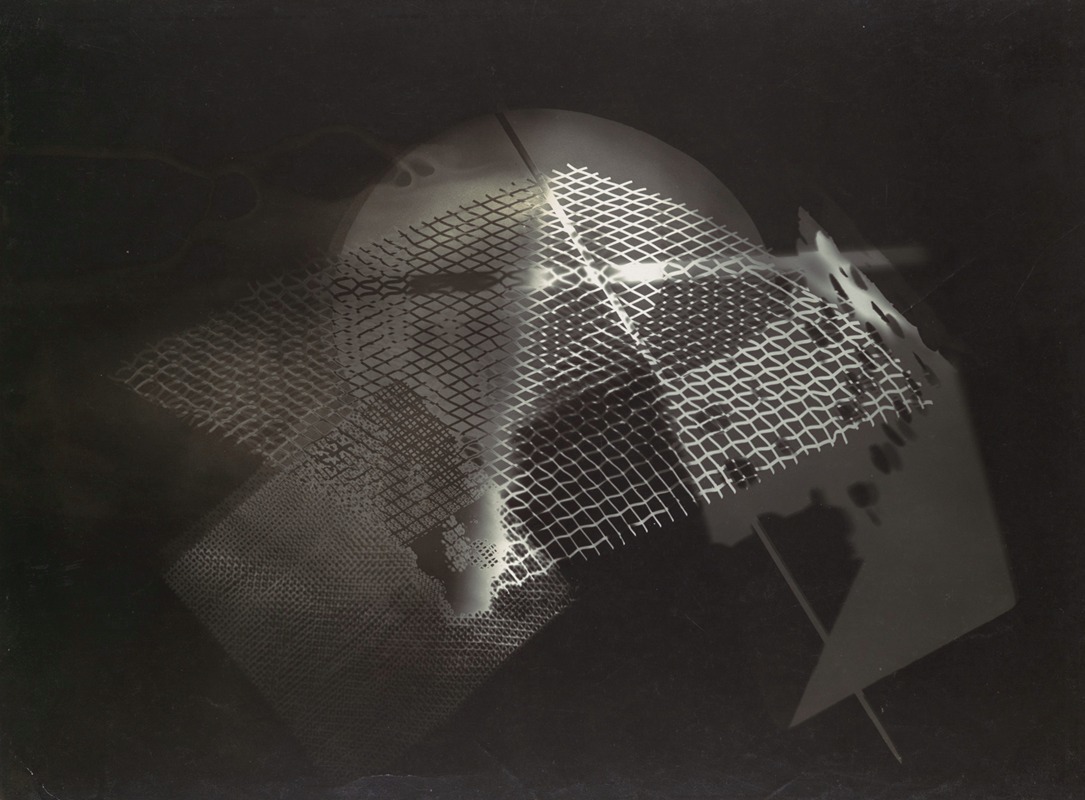
Fotogramm
A hand-painted replica of László Moholy-Nagy’s masterpiece Fotogramm, meticulously crafted by professional artists to capture the true essence of the original. Each piece is created with museum-quality canvas and rare mineral pigments, carefully painted by experienced artists with delicate brushstrokes and rich, layered colors to perfectly recreate the texture of the original artwork. Unlike machine-printed reproductions, this hand-painted version brings the painting to life, infused with the artist’s emotions and skill in every stroke. Whether for personal collection or home decoration, it instantly elevates the artistic atmosphere of any space.
László Moholy-Nagy, a Hungarian artist and influential figure in the Bauhaus movement, is widely recognized for his innovative contributions to photography and visual arts. Among his notable works is "Fotogramm," a term he used to describe his photograms—camera-less photographic images created by placing objects directly onto light-sensitive paper and exposing them to light. This technique allowed Moholy-Nagy to explore the interplay of light, shadow, and transparency, pushing the boundaries of traditional photography and emphasizing abstraction.
"Fotogramm" is not a single artwork but rather a series of photograms created by Moholy-Nagy throughout his career, beginning in the 1920s. These works were part of his broader experimentation with new media and techniques, reflecting his belief in the integration of art, technology, and modern life. Moholy-Nagy's photograms often featured geometric shapes, organic forms, and everyday objects, arranged in dynamic compositions that highlighted the transformative potential of light.
The photogram technique itself has historical roots dating back to the early days of photography, but Moholy-Nagy's approach was unique in its conceptual rigor and artistic intent. He viewed photograms as a way to challenge traditional notions of representation and to explore the essence of visual perception. By eliminating the camera, Moholy-Nagy emphasized the direct interaction between light and material, creating images that were both abstract and deeply rooted in the physical properties of the medium.
Moholy-Nagy's photograms were closely tied to his teaching and theoretical work at the Bauhaus, where he encouraged students to experiment with new materials and techniques. His writings, particularly in his book Painting, Photography, Film (1925), articulated his vision for a new kind of art that embraced modern technology and scientific principles. The photograms exemplified this vision, serving as both artistic experiments and pedagogical tools.
Today, Moholy-Nagy's photograms, including those titled "Fotogramm," are celebrated as groundbreaking works that expanded the possibilities of photography and influenced generations of artists. They are held in the collections of major museums worldwide, including the Museum of Modern Art in New York and the Bauhaus-Archiv in Berlin. These works continue to be studied and admired for their innovative approach to light, form, and abstraction, as well as their role in the development of modern art.





